Parking Planning
Parking Management Organizations
-
Revenue should be tied to expenses and operations as closely as possible.
-
Budget preparation, analysis, allocation, and adjustment should be under the control of the parking management organization.
-
The locations of parking management functions within the city governmental structure should reflect the importance of parking management issues as they are perceived in the city.
-
Parking management often includes monitoring and environmental regulatory requirements.
-
The structure and budget of the parking management organization should be flexible enough to meet these responsibilities.
Types of Parking Organizations
Parking Authority
-
A parking authority offers more independence than a city department or division.
-
Authorities are able to issue bonds for the construction of new parking facilities when empowered by state-enabling legislation.
Separate Department
- Many cities have separated the transportation and parking functions from public works and have created a department devoted solely to parking.
- Less conflicts of interest since street traffic operations and parking are under same unit.
Nonprofit Organization
- One of the more recent institutionalmodels for parking management is a nonprofit organization (NPO) charged with the specific needs and concerns of an activity center such as a downtown or suburban major employment center.
A parking management organization could operate as an enterprise fund under any of the previously discussed organizational structures.The defining characteristic of an enterprise fund organization is that it must generate sufficient revenue to cover its immediate expenses as well as for investment in necessary assets for the future as necessary.
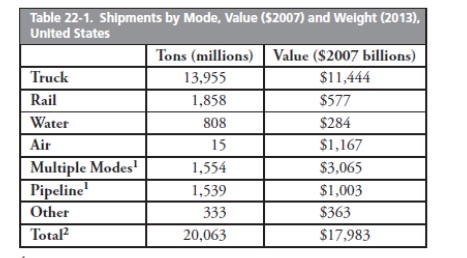
Zoning Requirements
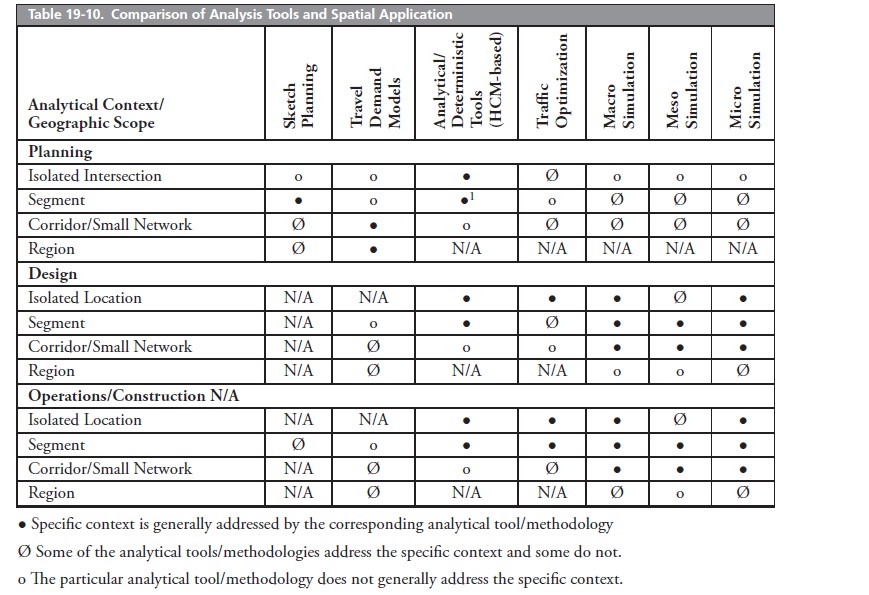
Flexibity in zoning Requirements
-
CaptiveMarket —Acaptivemarket is one where potential consumers face a very limited number of competitive suppliers, in this case, parking spaces. It often occurs among land uses that are not self-contained within a development. The captive market effect is one of the most significant determinants of parking demand in CBDs. Therefore, a zoning ordinance should allow parking requirements to be adjusted for captive market effects independent of shared parking effects.
-
Fees-in-lieu—It may be in the best interests of a city to develop public parking in a densely developed activity center, rather than have property owners provide their own parking. With the high cost of constructing a parking structure and with the competing demands on city resources, a number of cities have asked developers (who will directly benefit with reduced parking space requirements) to pay some or all of the costs of developing parking in municipal facilities.
-
Off-Site Parking —Many cities have added clauses in their zoning that allow for off-site parking to be substituted for on-site parking under certain conditions.
-
Ridesharing —Properly formulated ridesharing programs can reduce both traffic and parking demand. Zoning credits for ridesharing programs are a particularly effectivemeans of achieving transportation management goals. Ridesharing credits are also a means of adjusting parking requirements for any development site that runs a dedicated shuttle. The most common application is hotels that cater to those wanting convenient access to an airport.
-
Right-Sizing Parking —Parking rates are often available for development types that are not similar in context to what is being proposed. For example, suburban parking rates would likely be inappropriate for urban sites. Right-sizing of parking supply ties the amount of parking to the needs and parking goals of the site and community by conducting a parking demand study and linking the results to the types of needed strategies.
-
Shared Parking —The Urban Land Institute’s (ULI’s) Shared Parking provides a methodology for calculating shared parking effects without resorting to a single, catch-all formula.
-
Transit — Even smaller communities may have areas that are well served by public transit. A reasonable reduction in the parking requirements for developments within a certain distance of a regularly scheduled transit service might be appropriate.
Strategies and Decisions for Parking Supply Options
Parking Strategy Concepts
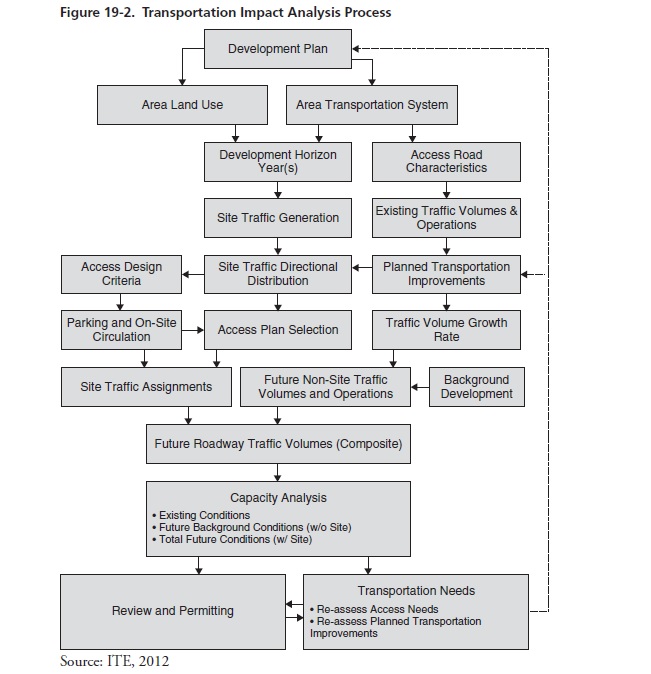
Community and Parking Program Goals
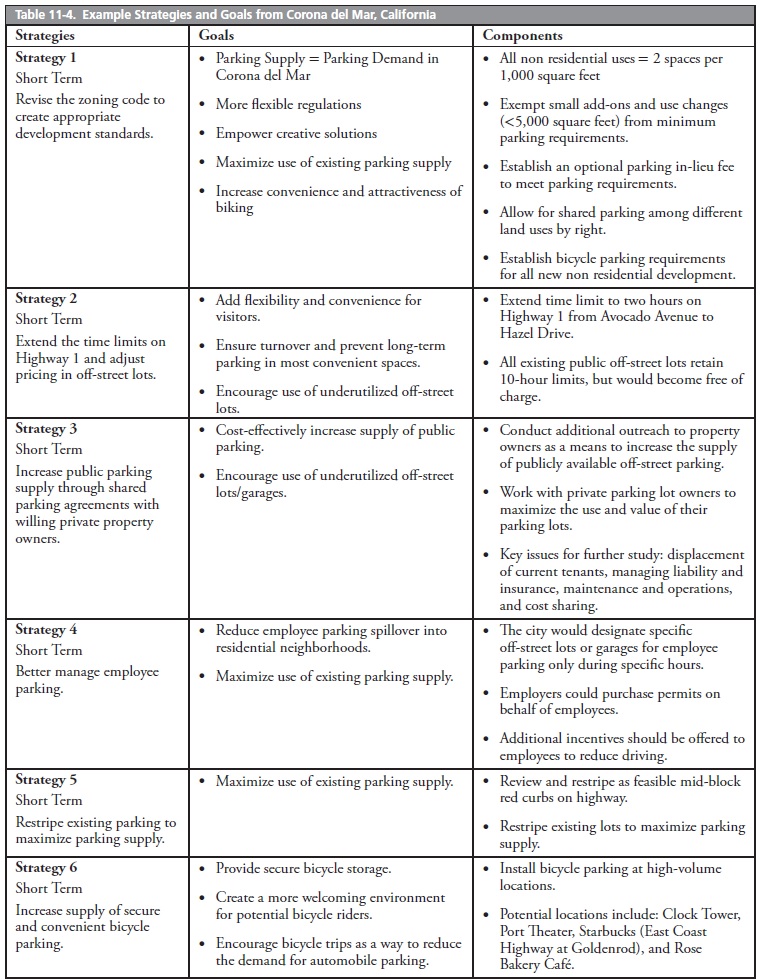
Parking Management
Strategies that increase parking facility efficiency
- Share parking.
- Regulate parking.
- Establish more accurate and flexible standards.
- Establishing parking maximums.
- Provide remote parking and shuttle services.
- Implement smart growth policies.
- Improve walking and cycling conditions.
- Increase capacity of existing parking facilities.
Strategies that reduce parking demand
- Implement mobility management.
- Price parking.
- Improve parking methods.
- Provide financial incentives.
- Unbundle parking.
- Reform parking taxes.
- Provide bicycle facilities.
Pricing
- Long term pricing
- This pricing can play big role in mode choice
- Shuttle and Park-and-ride programs can be suitable
- Short term pricing
- demand is not price sensitive
- demand responsive pricing
On-street parking
- Adding or Removing Spaces
- Metered and Time-Limit Parking
- Preferential Parking
- Residential Parking Permits
Enforcement and Adjudication
- Strict enforcement can pay for itself
Off-Street Supply Actions
- Area-Wide Limits
- Shared Parking
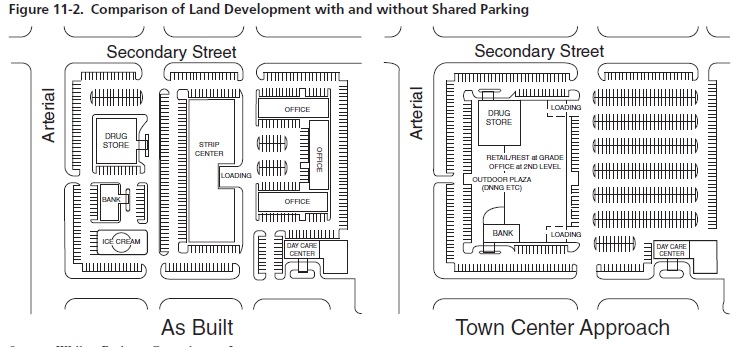
- New Technologies
- Parking Availability Displays
- Individual Space Guidance Systems
Marketing
Asset Management and Transportation Planning

Vision, Goals and Objectives
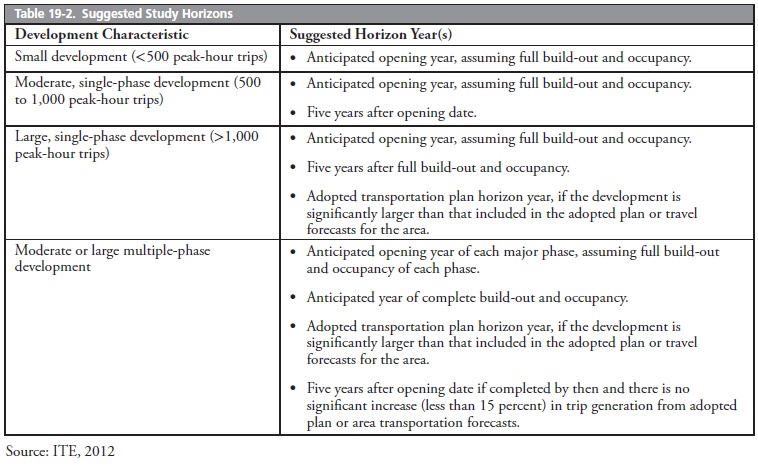
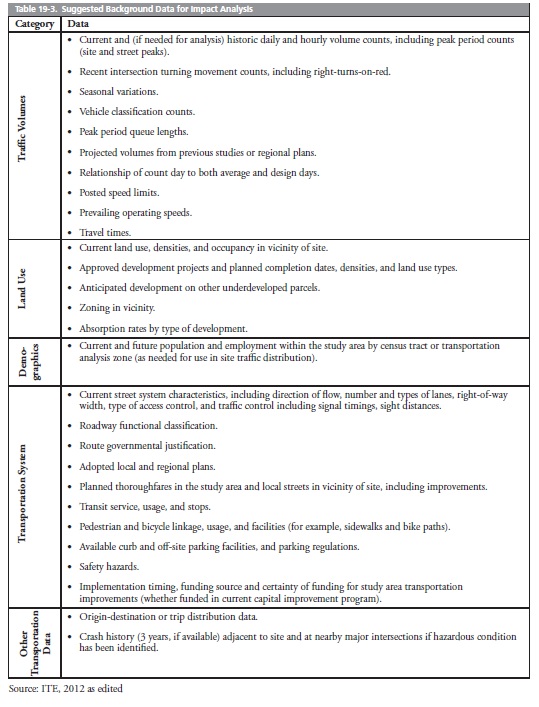
Performance Measures
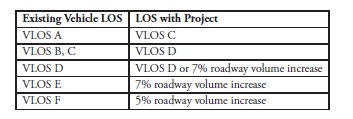
Data Needs
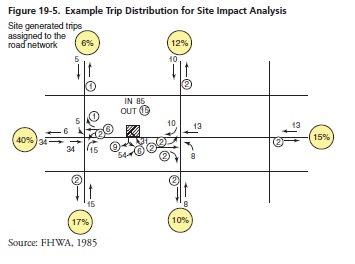
Analysis Methods and Tools
- Infrastructure Condition Assessment Methods
- Deterioration Modeling for Performance Prediction
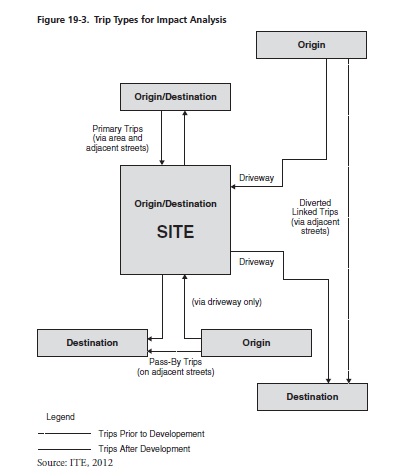
- Valuation
- Economic Analyses
- Risk Analysis and Management

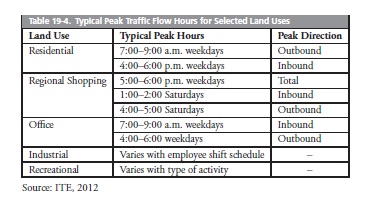
- Scenario Planning Methods
Evaluation and Prioritization
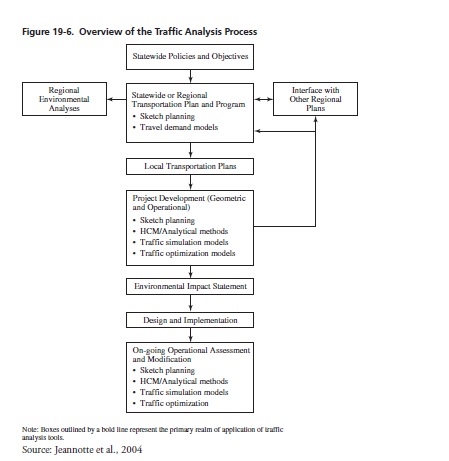
Monitoring System Condition and Performance
Asset Managemnet Challenges and Opportunities
- Expanding Information Management Capabilities
- Public-Private Partnerships
- Outsourcing Contracts
- Funding Constraints and Pressures for New Infrastructure Capacity
- Multimodal Trade-Offs
- Infrastructure Renewal